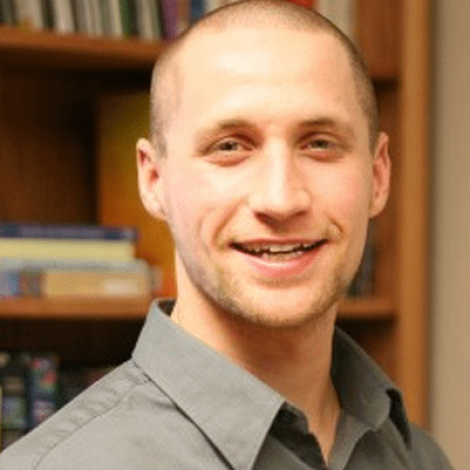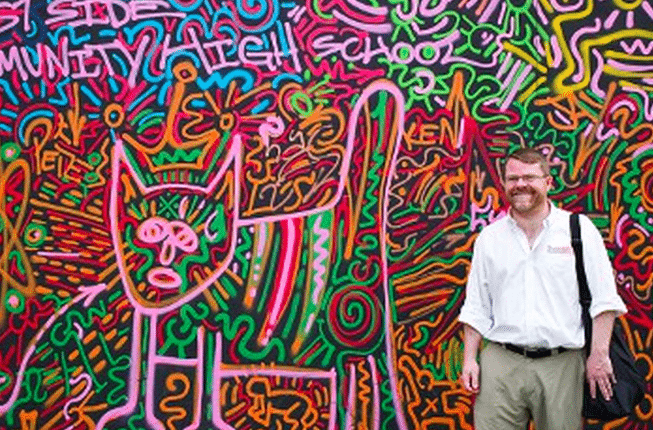NJ: My work seeks to explain energy flow in society and how it is influenced by dynamic human, natural, and technical systems. This understanding informs engineering design and programmatic decisions for sustainable energy solutions in villages. After identifying the strong and weak factors that influence energy use, you use those factors to design and compare energy options. When I compare 60 energy options, I say at the end that here is the expected impact, and then here’s the cost. In so doing, you have a framework to make a decision. For example, an [aid or development] group may come in with a stove or a lighting solution, implement that and then go away. What we really need is an assessment where the engineer or NGO [non-governmental organization] and village can compare and contrast options.
E4C: What is the one thing people don’t know about energy systems analysis?
NJ: Understanding energy requires a systems-based approach. You cannot only look at the cookstove, or at environmental conditions, or at the individual. The largest and smallest energy sources in the village in Mali [by the amount of energy used] are wood and electricity, respectively. They provide vital functions that include cooked meals, hot water, clean water, warmth, lighting, and power for small electronics. A sustainable energy solution for this village and similar villages will need to address these six areas using a systems-based approach that recognizes how energy supply and use are an integral part of village life and economy. You’re trying to make a complete energy solution. All of the functions are vital. Clean water, lighting and power make up a small percent of the power needs but they are still vital.
E4C: What is one of the promising trends you see in your field today?
NJ: There’s a growing focus on a complete energy solution. Generally, this involves cookstoves and lighting, but I see this growing into “heat” and “power.” You see some of this in Engineers Without Borders where they have a five-year commitment, and that commitment often extends beyond a single need. You also see it in academic institutions and businesses. Tata Solar, the Indian company, for example. They have hot water and electricity solutions.
E4C: What do you think is a dead end in your field some people just won’t let die?
NJ: Drive-by-development. Projects that are funded externally to cover initial capital cost, dropped off in the village, and never revisited for follow-up. The lack of engineering assessment, collaboration with the villagers, and technical and financial management plan lead to the high-volume of failed projects. Sometimes groups are given a certain amount of money with little assessment done and they don’t understand the factors emphasized in my study. They have one solution that they’re going to distribute to thousands of people. Now, a cookstove that’s fine in one village may work horribly in another because they don’t have the same conditions. A one-size-fits-all solution leads to failure. NGOs have been everywhere in the world. It’s rare that I go to a village where I don’t see a failed project.
E4C: What is something in your field that keeps you awake at night?
NJ: See above.
E4C: Well put. Moving on, five years from now, what improvements would you like to see in the technology you use?
NJ: Financially viable and technical, sustainable energy solutions for rural isolated villages. Such as, microgrids that provide low-cost reliable power to harsh environments. One of the issues with solar PV, for example, is it’s not always available when you need it. Therein is the concept of the microgrid. The goal is low-cost, reliable and stand-alone systems. Solar may not meet all of the power needs. If you’re going to power a cellphone tower or using welding or other high-load equipment, that won’t meet your need. But it will meet most needs, like lighting and personal electronics.

